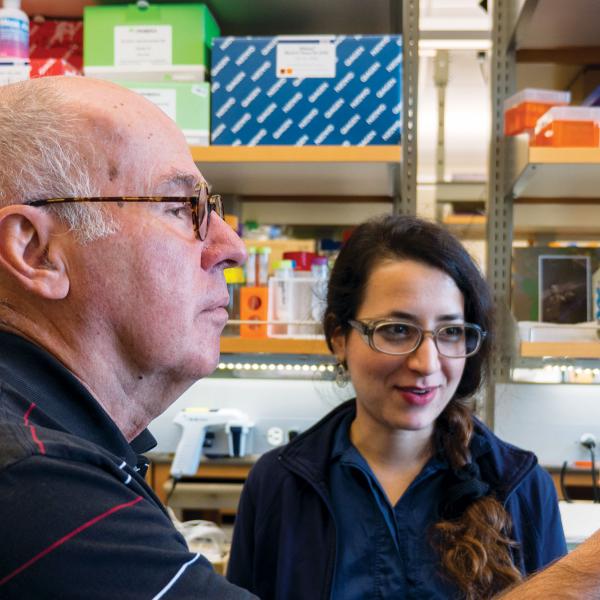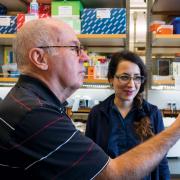
Technology could save lives on battlefield, home front
Injecting trillions of microscopic bubbles into severely injured people may help keep them alive until arrival at a hospital for treatment. The technique, which essentially creates a “third lung,” would provide oxygen to patients whose lungs cannot function efficiently because of trauma.
This cutting-edge procedure grew out of work by faculty at CU Boulder, including mechanical engineering Associate Professor Mark Borden, and the University of Nebraska. Funded by a $1.3 million contract from the United States Air Force Surgeon General’s Office, the technique could save lives both on the battlefield and at home.
Microbubble technology is already being used for other medical purposes such as drug delivery and molecular imaging. The goal of this emerging “microbubble oxygenation” would be to provide adequate levels of blood oxygen for patients during emergency transport from remote environments far from hospitals, says Borden, who is collaborating with former doctoral student, Benjamin Terry, now an assistant professor at the University of Nebraska.
In this case, microbubbles—each one only a fraction of the width of a human hair—are designed to mimic the alveoli in the human lung by releasing oxygen to the body and simultaneously removing carbon dioxide. Each cubic centimeter of microbubble foam contains trillions of individual microbubbles, providing an enormous surface area for the gas exchange process to take place.
During the procedure, the bubbles are injected into the peritoneal cavity—the area between the membrane lining the abdominal wall and the membrane surrounding the abdominal organs. This process essentially transforms the abdomen into a third lung, Terry explains. “Through a method of pumping and delivering oxygen microbubbles into the abdomen while removing dangerous carbon dioxide, the process delivers life-sustaining oxygen to the body’s core, which is then circulated to the brain and other vital organs.”
While Borden is creating a system capable of large-scale manufacturing of the oxygen-toting microbubbles, Terry is designing a medical device that delivers the microbubbles to patients. A third collaborator, Dr. Keely Buesing of the University of Nebraska Medical Center, is developing models for testing the new technique.
“Ben brought his expertise in noninvasive surgery, where it is commonplace to inflate the peritoneal cavity to allow space to move medical instruments,” Borden says. “The peritoneal oxygenation concept was born in this conversation—the proverbial light bulb went on brightly above our heads.”
Borden says the team members are taking a “biomimetic” approach—learning as much they can from nature on how to solve the engineering problem of delivering vital oxygen to the body’s tissues. “Once the oxygen has been delivered, the spent microbubbles can be safely removed from the peritoneal cavity within the abdomen,” he says.
Buesing notes that major combat related trauma produces severe injuries, some of which affect the lungs, resulting in a life-threatening or fatal lack of oxygen to the body. In some cases, the lungs are so damaged that ventilation is inadequate, and injured soldiers must be transported, sometimes long distances, to advanced hospital facilities.
As part of the project, Borden’s CU Boulder team will work on scaling up the manufacturing processes to rapidly generate oxygen microbubbles in large quantities for long-term storage and transport to the site of need.







 Tin Tin Su
Tin Tin Su Tor Wager
Tor Wager